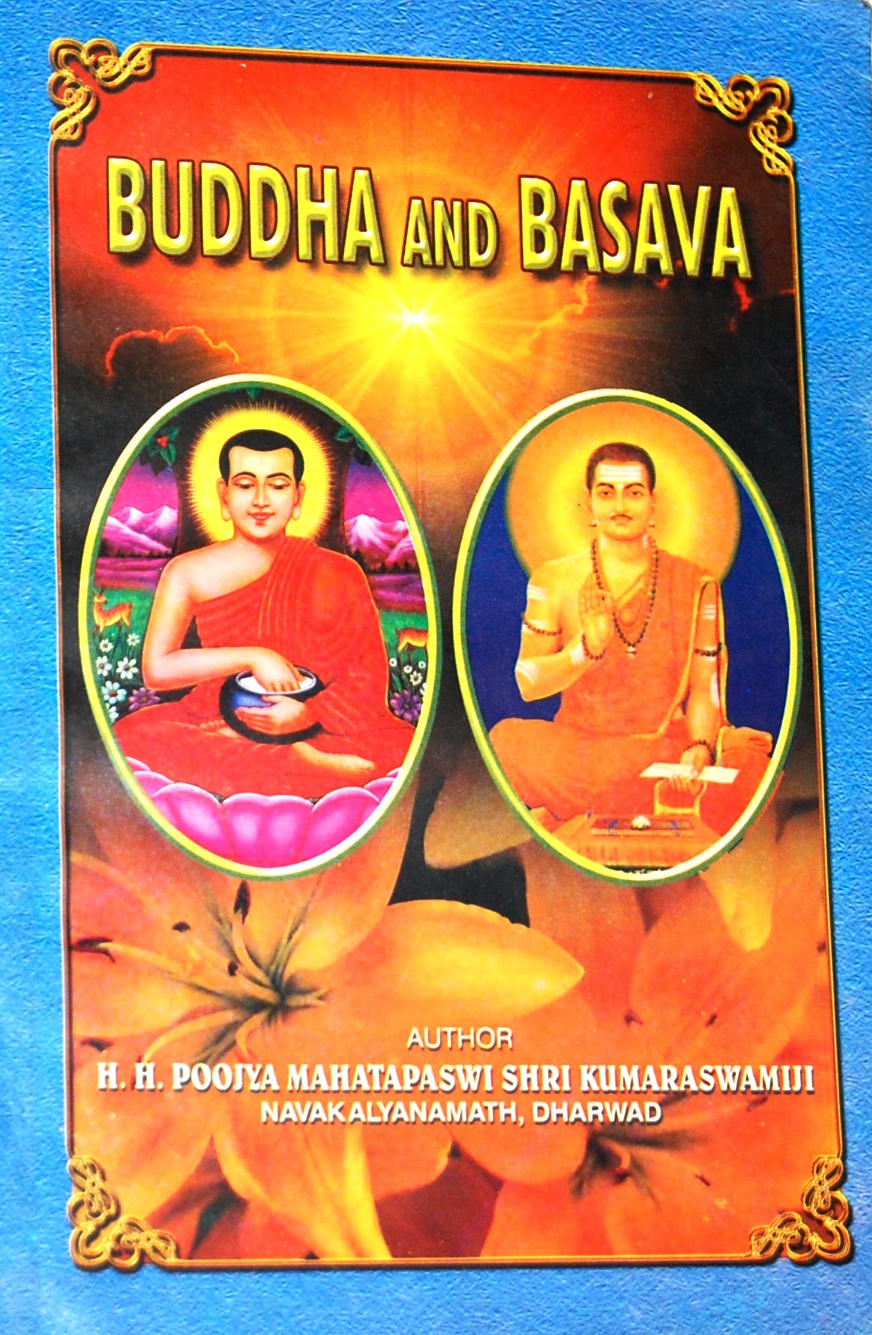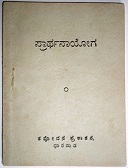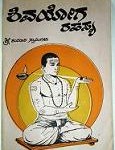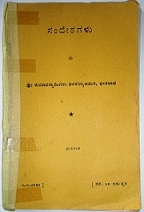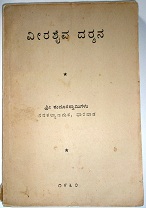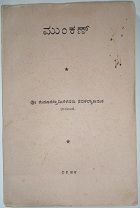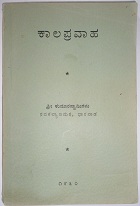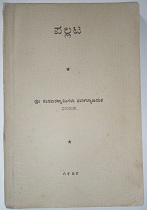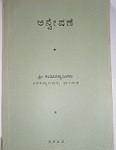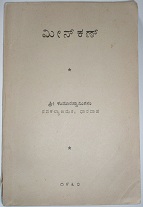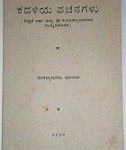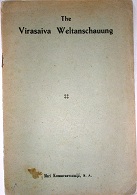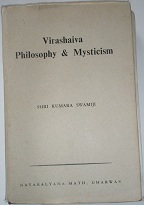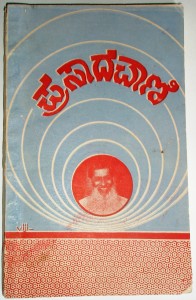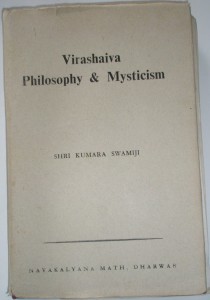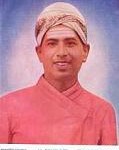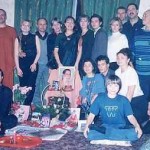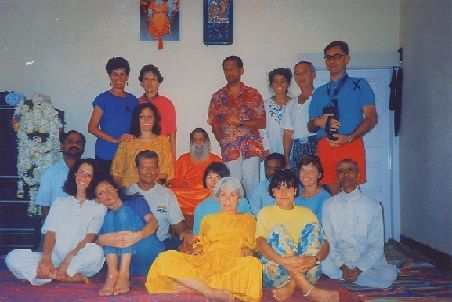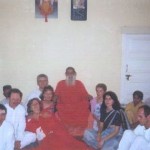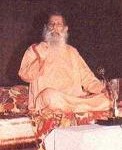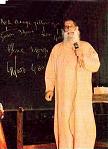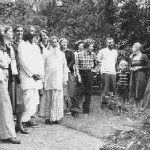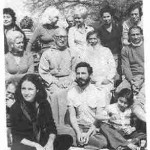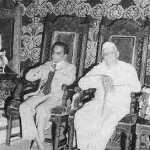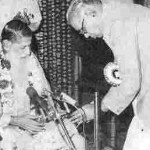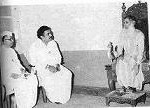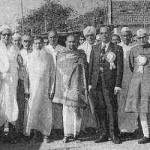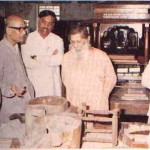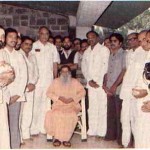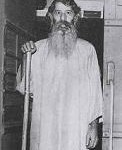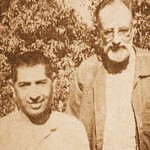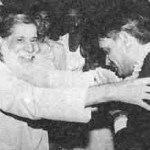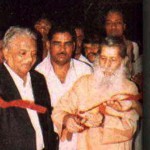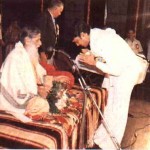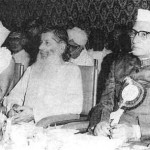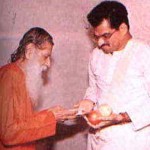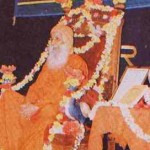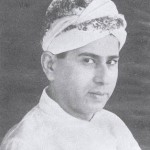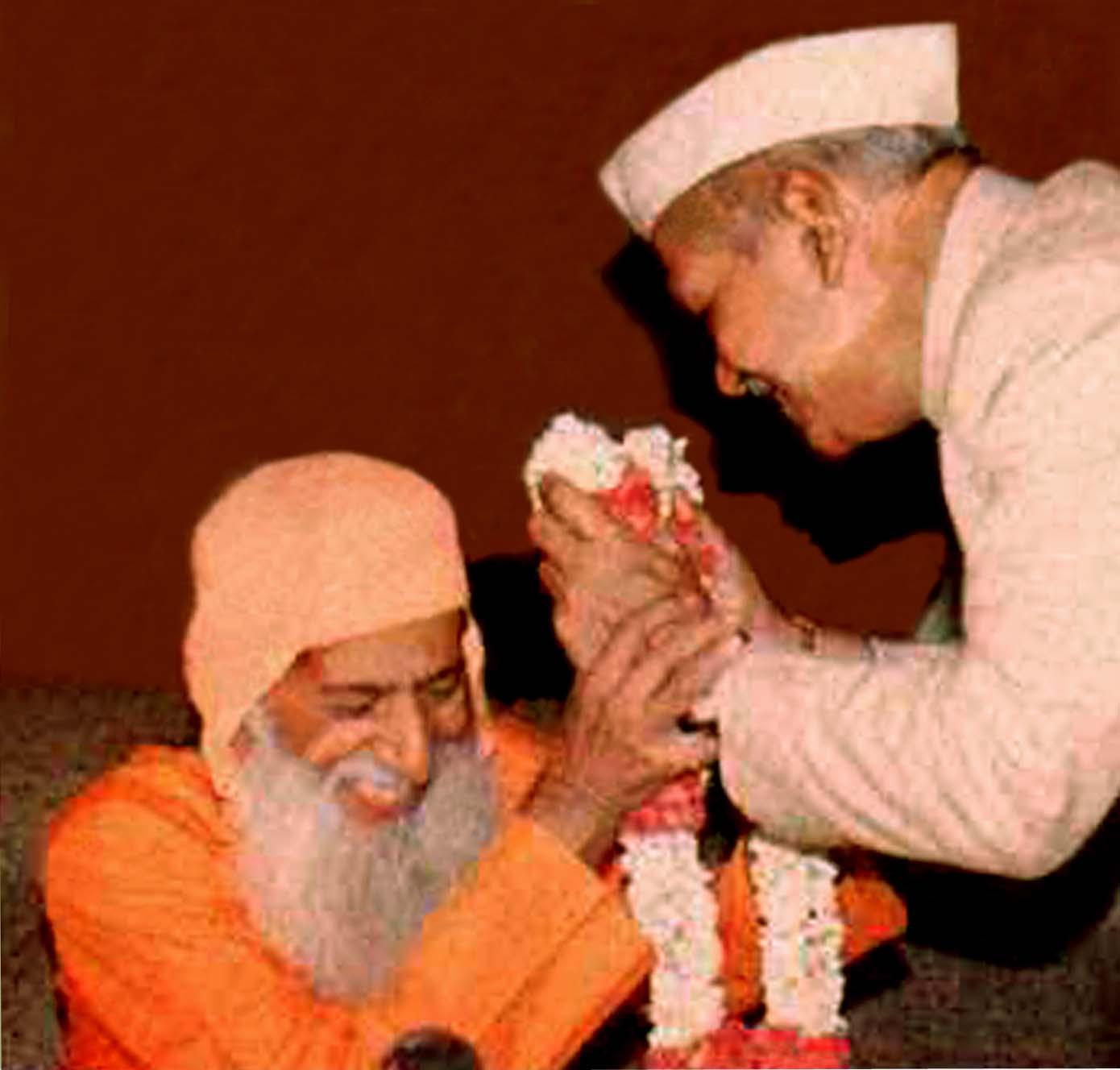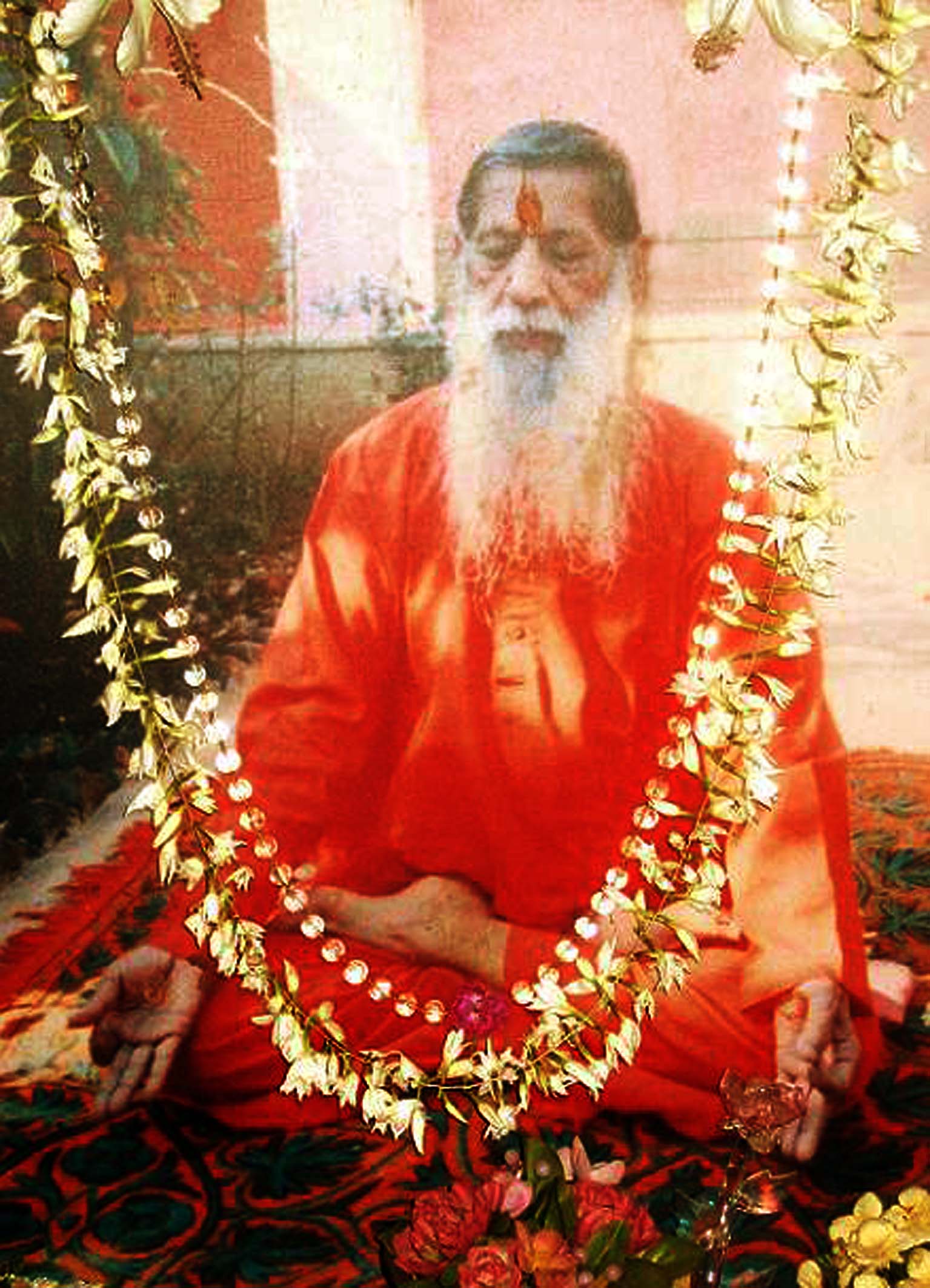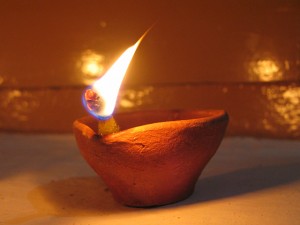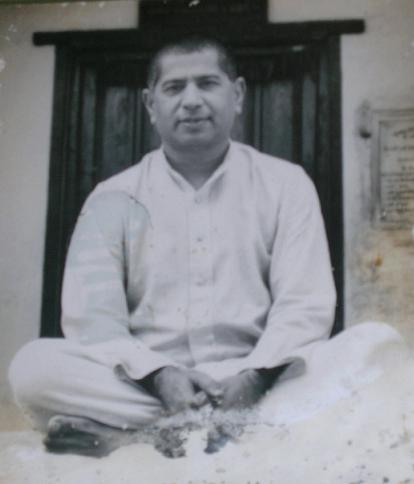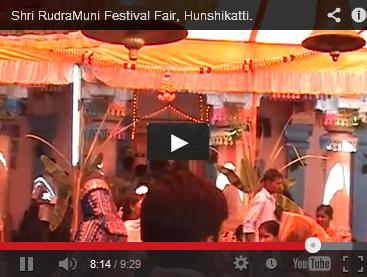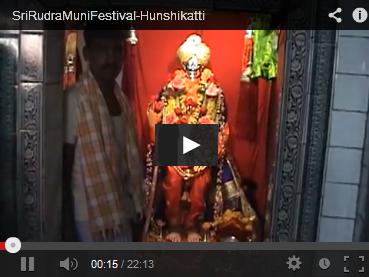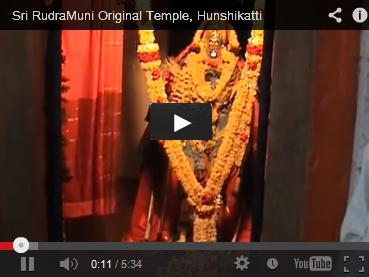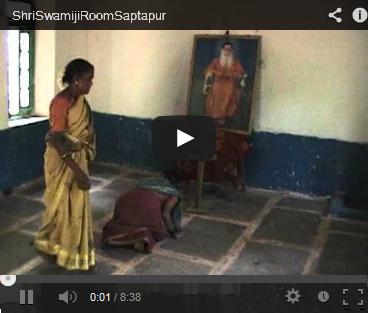Modern scientific research in the realms of mythology and symbology states that this truth: “Reality is too large a thing for the human mind to apprehend in its completeness and all the more ultimate conceptions of it must be relative and in a measure symbolic. This is apparent even in the case of the most precise of all sciences, the astrophysics where we seem to reach an order of reality that is only knowable symbolically.” This scientific view of symbolism and the continuity of its several forms, from the god-human symbolism of astrophysics is a far cry. But the earlier symbolism was an outcome of unsophisticated attempts to evaluate life and environment. The symbolism itself was deliberately chosen by those who knew the facts of the riddle of the universe and that it assumed many forms in accordance with the emotional stimulus and cultural contact. There are various types of symbolism such as animal symbolism, philosophical symbolism, alchemical symbolism and social symbolism. All these types of symbolism are present in the Vachana-shastra (Vachana Shastra).
Symbolism has come into being to preserve and to keep intact that aspect of truth which can not be perceived as an objective fact. The great myths are found in all religious: myths of creation, of golden egg, of a tree of knowledge and many more are but symbolic expressions of scientific truth. For many a one, traditions and myths are only fables which are not worthy of any serious consideration. But there are thinkers who do not share this view. They opine that myths are now shown to be fables just in proportion as we misunderstand them, truths in proportion as they were once understood. Augustin admits that in legend alone rests real history; for he says, “Legend is living tradition and three times out of four it is truer than what we call history.”
Madame Blavatsky observes, “the study of the hidden meaning in every religion and profane legend, of whatsoever nation, large or small pre-eminently the traditions of the East, has occupied a greater portion of the present writer’s life.” She is one of those who feels convinced that no mythological story, no traditional event in the folk-lore of the people has ever been, at any time, pure fiction. On this score the writer disagrees with those symbolists, however great their reputation, who find in every myth nothing save additional proof of the superstitious bent of mind of the ancients and believe that all mythologies sprang from and are built upon solar myths.
Max Muller was an exponent of the solar theory in the field of comparative mythology. He put forward in support of his theory, one story of Pururavas and Urvasi found in the Satapatha Brahmana and identified it with the legend of Orpheus and Eurydice. Similar attempts have been made to explain the myth of Ruru which occurs in Mahabharata. In the light of research that has been conducted in the field of mythology, the solar theory has now received a great blow. The comparative study of the myths of Orpheus, Pururavas and Ruru throws into relief an important feature common to them. The Muse-born Orpheus is an artist; King Pururavas a hero, while Ruru, a teacher. They represent three types of humanity – the artistic, the practical and the contemplative. To Orpheus, the artist, nature is an embodiment of all that is beautiful. But the subtle form of beauty evades his grasp as he tries to give it a shape. Despair overpowers him and the world proves too strong for the divided heart; the meaning being that the art never realizes the ideal without practical morality.
Pururavas, the man of action finds his soul in the goodness which urges him on the path of duty. The darlings of the soul must not be stolen; the highest aspirations of our nature must not sink in the Lethe. But even the ardent enthusiasm will cool, if the inner light does not burn clearer and brighter. Action without knowledge is useless. The union of knowledge and action is the highest good, for its off-spring is Truth.
Ruru, the sage, divorces knowledge from action and finds its futility. There is in us something which overbears the attitude of the man of contemplation. Real life is not what the philosophy of the recluse wishes it to be. Passions rise in the mind of man which knowledge alone cannot quell. So long as Ruru did not experience suffering, he lived and worked for himself alone. But suffering generates and teaches us that we can live for ourselves only by working for others. The harmony of action and knowledge finds its fulfillment in love. The synthesis of action, knowledge and love which the unraveling of this three-fold myth brings to light, finds its fullest expression in the Vachana literature and in its trinity of Guru-Linga-Jangama.
Myths are always expressed in symbols; hence symbology is necessarily associated with mythology. True symbolism has not been artificially invented; it is a fact in nature. To use a symbol is not merely to compare things of some what similar nature but to establish fundamental relationships between those things and a universal principle, thus linking together the physical, mental and spiritual worlds. The Encyclopedia Britannica defines symbol as, “the term given to a visible object representing to the mind the semblance of something which is not shown but realized by association with it.” When we use the word “tree” there naturally arises in our minds all that we have known about trees. But the word tree produces a definite impression in the mind of an ordinary man and a different impression in the mind of botanist. Again, the painter sees the tree not the way the ordinary man does, while the philosopher interprets the tree, endowing it with still another meaning. The mystic speaks of the tree of knowledge, whereas the poet sings of it in a different way. The definition given by the Encyclopedia Britannica while comprehensive is not complete.
Madame Blavatsky defines symbol as an “embodied idea, combining the conception of the Divine Invincible with the earthly visible.” What a profound definition is this! One of the reasons for misunderstanding of ancient truths enshrined in holy symbols and myths, emblems and parables, is the rejection of the Divine Invincible or the spiritual. “All is matter and integration, and disintegration of the forms of matter is the whole of the process of evolution.” Such a false reasoning has brought about degradation knowledge and life. If we overlook, the Divine Invincible, the earthly visible is bound to assume a gross meaning.
Nature is a book of symbols of embodied ideas. Nature is living and stirring for a graceful expression. It has three aspects called Tri-lokas or the three worlds. First, there is the world of matter, next, there is the world of mind; and lastly there is the world of Spirit. Every object is visible; there is ‘the mind or intelligence within that object; finally there is the energizing spirit – One and Invincible. Material bodies may be gross or subtle, minds may be shallow or profound, but behind each body and mind, there brilliantly shines the light of the spirit. In some objects and in some beings, the light may not shine forth greatly, in others it may shine forth to some extent, whilst in the saints and seers, the light may dazzle with full glory.
Nature which is the book of symbols or embodied ideas is a real book of revelation. It is the Shruti; it sings of God and his glory and those who have heard the divine music set it down for the edification of the human race for all ages to come. All religions have felt this truth. In the words of Wordsworth:
“And Nature, the old nurse, took
The child upon her knee
Saying here is the story book
Thy Father has written for thee
‘Come wander with me,’ and said
‘Into regions yet untrod;
And read what is still unread in the manuscripts of God.’
“And he wandered away and away
With Nature, the dear old nurse,
Who sang to him night and day
The rhymes of the universe.”
The Divine has two aspects – the personal and impersonal. The personal aspect of the Divine is termed Shiva, and the impersonal aspect is styled Linga. If Shaivism is inclined towards Shiva, Veerashaivism leans towards Linga. However, Shiva and Linga are highly symbolic terms. Linga has different shades of meaning in different contexts. Veerashaivsim addresses Linga as Sthala, meaning space. Space in the abstract, is the absolute itself. In the absolute space, called the worlds in which the limitation is brought about. Hence, the etymological meaning of Linga is that it is the source and receptacle in which are asleep all the worlds.
Linga stands for the Ark. In the Indian mythology the universe is said to be “Anadi or without beginning”. No beginning can be predicated of it. Matter may change its form, may change its condition, yet its substratum is indestructible. Only after a previous Pralaya or deluge, can it be said to have any beginning. It is ever alternating between a period of activity and a period of passivity called Kalpa and pralaya. There is a mention of the deluge in all mythologies and in all these deluges there is an Ark. The Ark stands for the preserving power which means that nothing is ever lost, which is necessary to perpetuate life and its further evolution. The harvest of one Kalpa or cycle becomes the seed for the next and it is through innumerable cycles that evolution proceeds. Linga is Ark because it means “Rakshana-sthana” or the abode of refuge.
Linga represents the causal body which is oval in shape. The way in which it is formed is that the second Logos or Vishnu, after cementing together with his Prana the particles of matter created by the third Logos or Brahma, meets the first Logos or Shiva coming down with the soul. Similarly, the Skanda Purana states that Vishnu taking the female form of Mohini, a captivating lady, bewitched the heart of Shiva who came as an ascetic with white ashes, bowl, etc. and joined him. The female element is Bindu and the male is Nada. Thus Linga is formed. Linga is therefore the union of Shiva and Shakti or idea and Will.
“Who can comprehend
the whole of Thy Truth?
All the Universes fourteen
are inherent in the Linga in Thy plam
Is there a God
who stands a match to Thee?
“When Gods in infinite number jostle with each other
to lay at Thy feet in groups
The silver dust sprayed out by the friction of their crowns
piles into the mounts of silver
Infront of Thee.”
“Hari fathoms not Thy feet
Nor Brahma scales the height of Thy crown.
Nor the saints and sages sound the depth of Thy heart
Nor the deities all measure the magnitude of Thy hair’s end.
Nor suns myriad discern Thy refulgence
Can I apprehend Thee.”
Modern scientific research in the realms of mythology and symbology states that this truth: “Reality is too large a thing for the human mind to apprehend in its completeness and all the more ultimate conceptions of it must be relative and in a measure symbolic. This is apparent even in the case of the most precise of all sciences, the astrophysics where we seem to reach an order of reality that is only knowable symbolically.” This scientific view of symbolism and the continuity of its several forms, from the god-human symbolism of astrophysics is a far cry. But the earlier symbolism was an outcome of unsophisticated attempts to evaluate life and environment. The symbolism itself was deliberately chosen by those who knew the facts of the riddle of the universe and that it assumed many forms in accordance with the emotional stimulus and cultural contact. There are various types of symbolism such as animal symbolism, philosophical symbolism, alchemical symbolism and social symbolism. All these types of symbolism are present in the Vachana-shastra.
Some of the world’s greatest animal fables originated in India. In the Upanishads, we find Satyakama instructed first by a bull, next by a flamingo and finally by an aquatic bird. In the Chadogya Upandishad, there is a lively picture of dogs reciting mantras like priests and howling for food. Here the animal symbolism is brought into bold relief. Animal fables are narrated by many characters in the Mahabharata for didactic or satirical purpose. The Buddhist tradition has absorbed the animal fables as far back as the second century B.C. and the Jatak stories incorporated them. The Pancha Tantra is the greatest contribution to the world’s heritage of animal fables. Hertel opines that it dates back to the second century B.C. This classic is among the world’s most translated books. Hertel has recorded over two hundred versions in more than fifty languages. Its influence has been world-wide and its distant echo is heard even in La Fontaine’s charming fables written in the seventeenth century.
Prabhu has used animal symbolism in his sayings. His objective was not only to reinforce the moral but also to reveal the hidden meaning of the riddles.
“It is a curious cow of a small shape
having an udder of abnormal size
With horn of palmyra height”
The simile used in this vachana is rather hyperbolic nature and yet it is very significant. The cow in the form of Jiva is described as having two longhorns in the form of ‘I’ and ‘mine’, and an udder in the form of juicy sense object. The Jiva courts his own ruin through unreasonable pride and unconscious prejudice.
“A strange animal it is !
With one body.
With two heads of tiger and deer,
It is neither a tiger nor a deer.
A different one stands by the side,
Chewing its cud.
It’s headless body browses a dry leaf
A great leaf leaps off the sight
Oh! Guheshwara!
Time is depicted here as a tiger, because the tiger is fierce in nature and devours man. Similarly, time is stern in its course; it is the greatest equalizer in life and it respects none. Maya is pictured as a deer, because it is lovely to look at, it has fleet-feet and bewitchingly attractive. Besides, Kala and Maya there is a third factor that enters into the composition of Jiva. It is Karma. Jiva being caught in the clutches of these three monsters is unable to realize its true nature. He who knows the truth and abides by its law will surely rise victorious over these monsters. There is no dearth of philosophical symbolism in the sayings of Prabhu. Abstract principles are made concrete by suggestive imagery.
“If I deem it One
It looks like twain
If I assume it to be twain
It looks as one.
What is this mystery
Of One and twain ?
For a union inseparable
A world of grace is indispensable.”
The Reality is beyond the reach of dualities and realities. To described it as dual or non-dual is only a play of reason. The soul’s union with God is a love union, a mutual inhabitation which expresses not a self-mergence that leaves no room for personality. Love in its innermost motive is a unifying principle.
“The musk deer, Oh! Sire! Has moved about.
A form of the vast expanse
Has stood in front of me
What spirit has seized me
I know not
Feeling the presence of Guru
In the lotus of my heart
I saw and adored him and found him all illustrious one
I was surprised to see
An unknown stream of my previous births
Gone withered, Oh! Guheshwara!
The aspiration for the Divine has pervaded the entire being of Prabhu to such an extent that the abstract Divine has become the concrete in the form of Linga. The musk deer symbolizes Linga. By a constant contact with Ishtalinga, he has become possessed of the Divine afflatus. The Guru who favored him with Ishtalinga dwells in his heart and by his grace the cycle of birth and death is rounded off.
The alchemical symbolism references to the philosopher’s stone or Parusa. The symbol of Parusa or the philosopher’s stone is found in the mystery of all cults. In Indian mysticism Guru is often addressed as Parus-mani for the simple reason that he transforms the lower nature of the disciple into the higher one, just as the philosopher’s stone turns lead into gold by mere touch. For Boehme, the philosopher’s stone is a noble tincture which generates a new son in the old and he who finds that esteems it more highly than the outer world. Boehme explains in a sentimental outburst, “In this stone there lieth hidden, whatever God and the eternity, also heaven, the stars and the elements contain and are able to do. There never was from eternity anything better or more precious than this and it is offered by God and bestowed upon man, every one may have it ….it is in a simple form and hath the power of the whole – Deity in it.” The philosopher’s stone then is not to be made or discovered in the external nature, but it is to be found within one’s soul. Every individual has in him/her an inherent spiritual power which when released transmits the limido of the human into the life of the Divine. The art of alchemistry consists in completing the work of transmutation, bringing forth and making dominant the latent goodness which lies obscured in man. The ideal adept at alchemy is therefore an auxiliary of the eternal goodness. Prabhu was such an adept who had transformed many an ignoble soul into the noble tincture.
Of all the symbolic systems in which the spiritual truth has been enshrined forever, none is so picturesque as that of the “Hermetic philosophers or spiritual alchemists”. The elements for which the spiritual alchemists build their allegories of the mystic life are easily understood. There are the metals carrying the names of their presiding planets. Thus, in the Hermetic language Luna means silver, Sol gold, Saturn lead and mercury quick silver. Saturn, the lead, is the lower mind; it can only be transmuted into gold, the metal of the sun which represents the Atman, through the agency of Mercury, that is Buddhi (knowledge). The process of transmutation is complete through Mercury, which far from being the ordinary metal we know by its name. The Mercury which the alchemists sought is intuitive knowledge which is more interior than intellect. It is the Prajna or the intuitive knowledge which is the philosopher’s stone. Only the wise, the mystically awakened can know this philosopher’s stone, this noble tincture, this Parusa, this mercury which is the agent of man’s transmutation and until it has been discovered, brought out of hiding or obscurity, nothing can be done. The Shunya-sampadane rightly addresses this Parusa as the bridge between heaven and earth, between God and man.
The social symbolism is beautifully expressed in the process of Padodaka and Prasad. Padodaka is literally water from the feet of the Guru or Jangama. Hence it carries the connotation of being holy. Prasad means consecrated food. Padodaka and Prasad are water and food rendered holy by the touch of Guru or Jangama. In the presence of Guru and Jangama, all devotees, irrespective of caste, creed, colour, age and gender are considered equal, thus suggesting a fraternal bond cementing the solidarity of the community as an united entity. The Christian Eucharist is likewise a symbol of the brotherly love of the disciples. This symbol has a social meaning. The Vachana-shastra is thus a veritable gold mine of mythology and symbology associated with a heightened sense of spiritual awareness.
– OM SHANTI | OM SHANTI | OM SHANTIHI –
This article is taken from H.H.Shri Kumarswamiji’s book, ‘Veerashaivism : Comparative Study of Allamprabhu,Basava,Shunya-Sampadane And Vachana-Shastra’.











